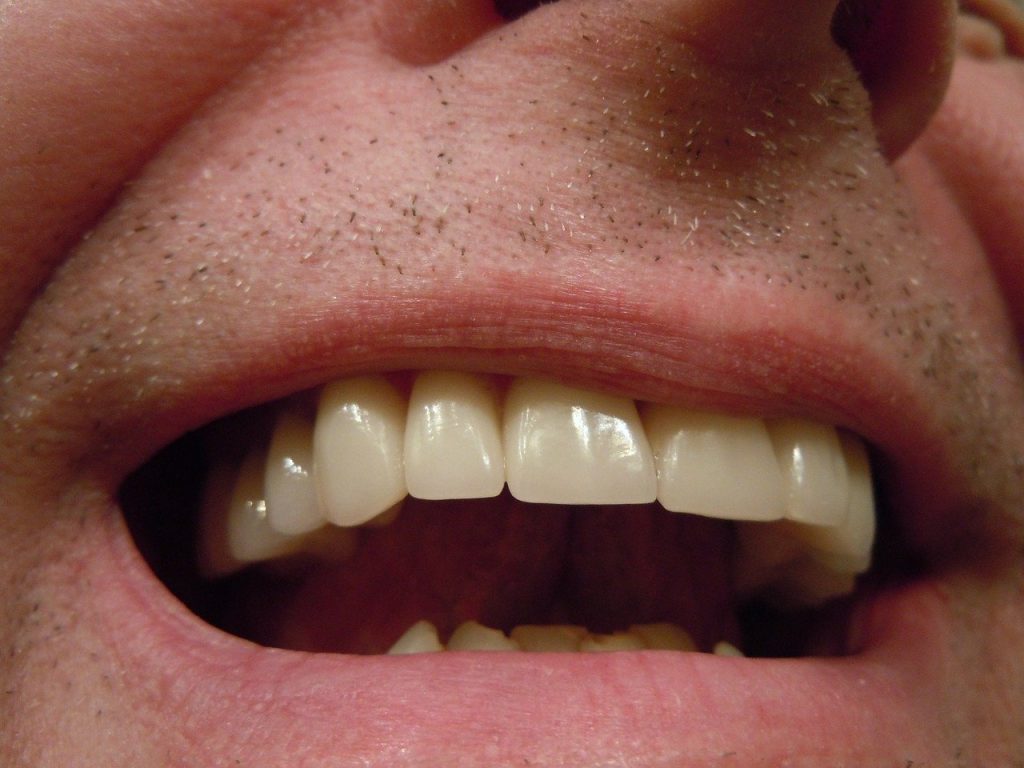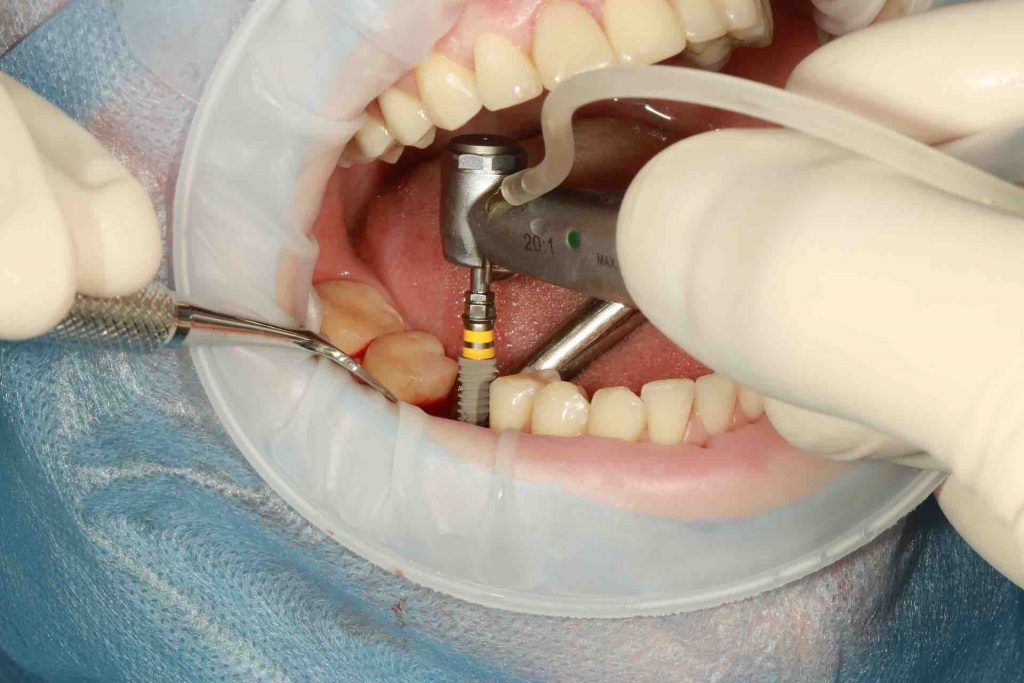
Some people may walk around for much of their adult life with a row of bad teeth that they feel are too difficult or expensive to fix, often these teeth will eventually fall out or have already been knocked out due to some or other facial trauma. The quality of their life goes downhill because they become self-conscious about gaps in their smile and find eating to be quite difficult, but at the Cosmetic and Dental Implants Clinic Stockton, we can fix bad teeth and close gaps easily with the use of crowns and bridges to not only transform a smile but restore the functionality of the teeth as well.
What are crowns and bridges and how are they made?
Crowns – these are used as a cap for the top of a broken or chipped tooth or a tooth that has had major endodontic work like root canal therapy. They are commonly made from dental porcelain which exactly mimics the colour and transparency of real teeth making for a convincing restoration of the tooth, however, they can also be composed of a resin or dental composite which also looks like real teeth but instead of being carved out of porcelain they are moulded and sculpted to fit the tooth on the spit. In some cases people may opt for a restorative crown to be made of stainless metal or gold, this is an expensive option and a wholly aesthetic choice on the part of the wearer.
Bridges – this is a row of false teeth all stuck together perfectly alongside each other to replace two or more missing teeth. Most commonly these are made from porcelain which can last a very long time and feel like real teeth but in the case of a patient who is on a tight budget they can be made out of a coloured resin material.
Can they close very large gaps?
Yes, dental bridges are designed to replace a row of missing teeth without having to go in and replace each tooth, in turn, one long row of fixed teeth are set in place at once. These are often supported by crowns which are fixed to the top of the teeth on the side of the row to hold the bride in place, hence the name bridge, however, this method can sometimes see the bridge coming loose or breaking.
Can they be fixed in place?
Yes, a dental bridge can be fixed in place with dental implants. A dental implant is a small titanium screw that is set into the jaw bone, attached to this screw is an abutment which sits above the gum and dentists can then attached the bride of teeth to the abutment in order to secure them in place, a single implant can hold two or 3 teeth in place while two implants can support a much larger bridge. If patients would like to go for this option they need to know that they may have to wait 6 months for the implant to properly fuse with the bone before any bridges can be fixed to it, during this waiting period they will have to wear a temporary bridge in order to close the gap.


